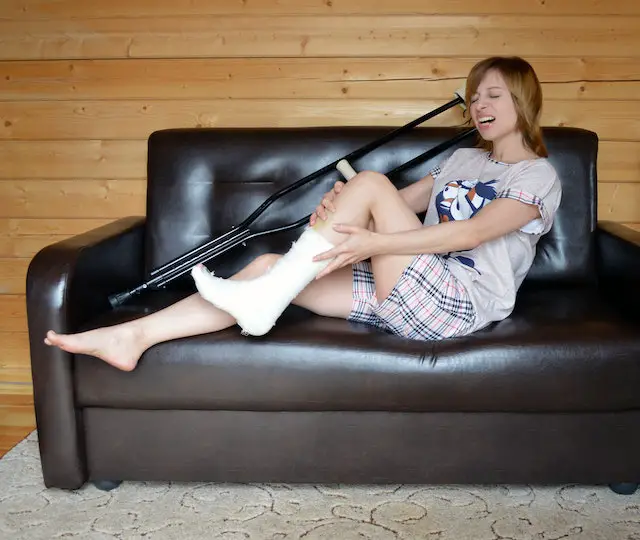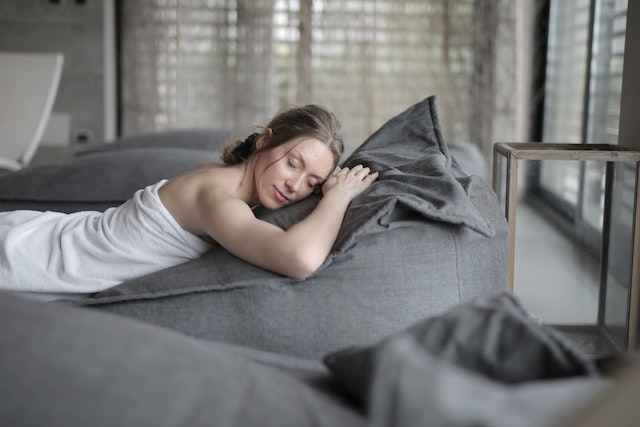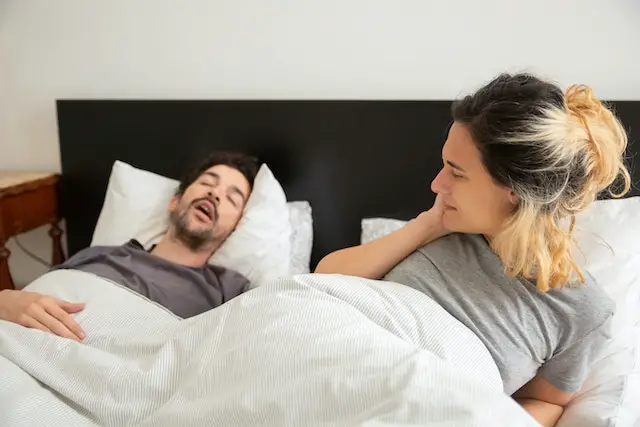Sleep is essential to a healthy mind and body. It is so powerful that entire studies are dedicated to understanding the mechanisms behind sleep, why we sleep, and what we can do to improve sleep quality. And yet, while sleep studies and data abound, majority of people still do not get enough sleep. Sleep insufficiency is a real problem, affecting people of all ages.
The good news though is that with so many people affected, there is a plethora of advice on how to improve sleep health. We all know what NOT to do if you want to have a good night’s rest and have read tons of tips and tricks to help us get better sleep quality. The problem is that while they are all doable, they often require us to say goodbye to bad habits that are, quite frankly, pretty hard to break. This is where understanding sleeping positions come in.
Finding the best sleeping position for you brings instant comfort.
Understanding sleeping positions to maximize your sleep is rather easy to follow compared to some sleep Dos and Don’ts. If you’re wondering why, the answer is simple, finding the sleeping position that best suits you will make you feel more comfortable. Obviously, this means that you will probably embrace finding a good sleeping position as opposed to heeding advice that asks you to do things you do not want to do or stop doing things that you want to do.
Don’t get me wrong, if you really want to better your sleep it is important that you do more than just find a comfy sleeping position. Cut back on that caffeine and alcohol. Turn off your gadgets or leave them in the next room. Go to bed at the same time every night. These things and more are still essential to getting enough and better sleep. However, if you are having difficulty transitioning to a healthier lifestyle, maybe you can start by learning more about sleeping positions and feel encouraged to keep changing those habits one at a time as you see positive results more quickly.
Injuries come first
Finding a comfy position that will send you off to Lalaland in no time sounds dreamy, but if you are suffering from injury or experiencing pain, forget about your usual position. Addressing your injuries should always come first.

To prevent your injury from getting worse, learn the best sleeping positions for different kinds of injuries and pain. Some sleeping positions that address injuries and pain use common sense, like putting your feet or leg up on some pillows when you have a sprained or broken ankle. Others are not as obvious, such as needing a pillow both under your head and the back of your knees when you have broken ribs!
Knowing how to position yourself properly and where to put pillows to prop up affected body parts will not only protect you from further injury but will also help ease the pain. On the other hand, plunking down to sleep without understanding which position can best soothe your pain will guarantee a sleepless night as you battle pain and discomfort. Give your body a fighting chance to recover faster by sleeping in the right position.
Addressing medical conditions is key
Insomnia and other sleep disorders may be caused or aggravated by a variety of medical conditions. While finding a good sleeping position will not make these medical conditions go away, it can help ease symptoms that lead to poor sleep quality for some of them.
Here are some medical conditions that affect sleep and the best positions for them.
COVID-19 | Prone position | Sitting Up | Side Lying
If you read up on sleeping positions, you will most likely never see the prone position advised for better sleep. When it comes to COVID patients, self proning, or lying down on your belly, aids in increased airflow to their lungs. However, it is not recommended that the patient sleep the entire night in this position. Instead, alternating between sitting up, side lying, and the prone position every few hours helps decrease the chance of the need for ventilator use. Before you do this though, consult your doctor and make sure you know how to properly do self proning.

Quite obviously, shifting positions every few hours means interrupted sleep, but in this case, everyone can probably agree that the benefit is worth the hassle. Besides, having COVID-related pneumonia and not being able to breathe well guarantees that you won’t be sleeping straight through the night. Hopefully, by following the doctor’s advice, the road to recovery will be much faster and you can go back to sleeping soundly without having to keep on changing sleeping positions.
Sleep apnea and snoring | Side Lying | Fetal Position | Prone Position
People who have sleep apnea have difficulty breathing while sleeping because their airways collapse. To avoid this, or lessen the occurrence, lying in the three recommended positions can help keep the airways open. This is again one of the few times that prone position is recommended. If sleeping in prone position, you might feel more comfortable if you use a thinner pillow under your head and put another one under your pelvis.
As you breathe better and the snoring goes away, your partner will be happy to get a quiet and more restful sleep as well. Goodbye to earplugs!

Acid reflux or heartburn | Side Lying on the LEFT SIDE
Whether you are suffering from chronic gastroesophageal reflux (GERD) or just ate too much oily and spicy food before sleeping, there’s no need to get a back and neck ache the next morning from sleeping sitting up. Instead, sleep on your side but ensure it’s on the left side as sleeping on the right side can worsen the symptoms. This position applies to pregnant women too, though you’ll probably find that you’ll need an extra pillow to help support your growing belly.
As for the rest of us, find the comfiest position for you. Get extra pillows if you wish and remember the sleeping positions above whenever you are not feeling too well.



